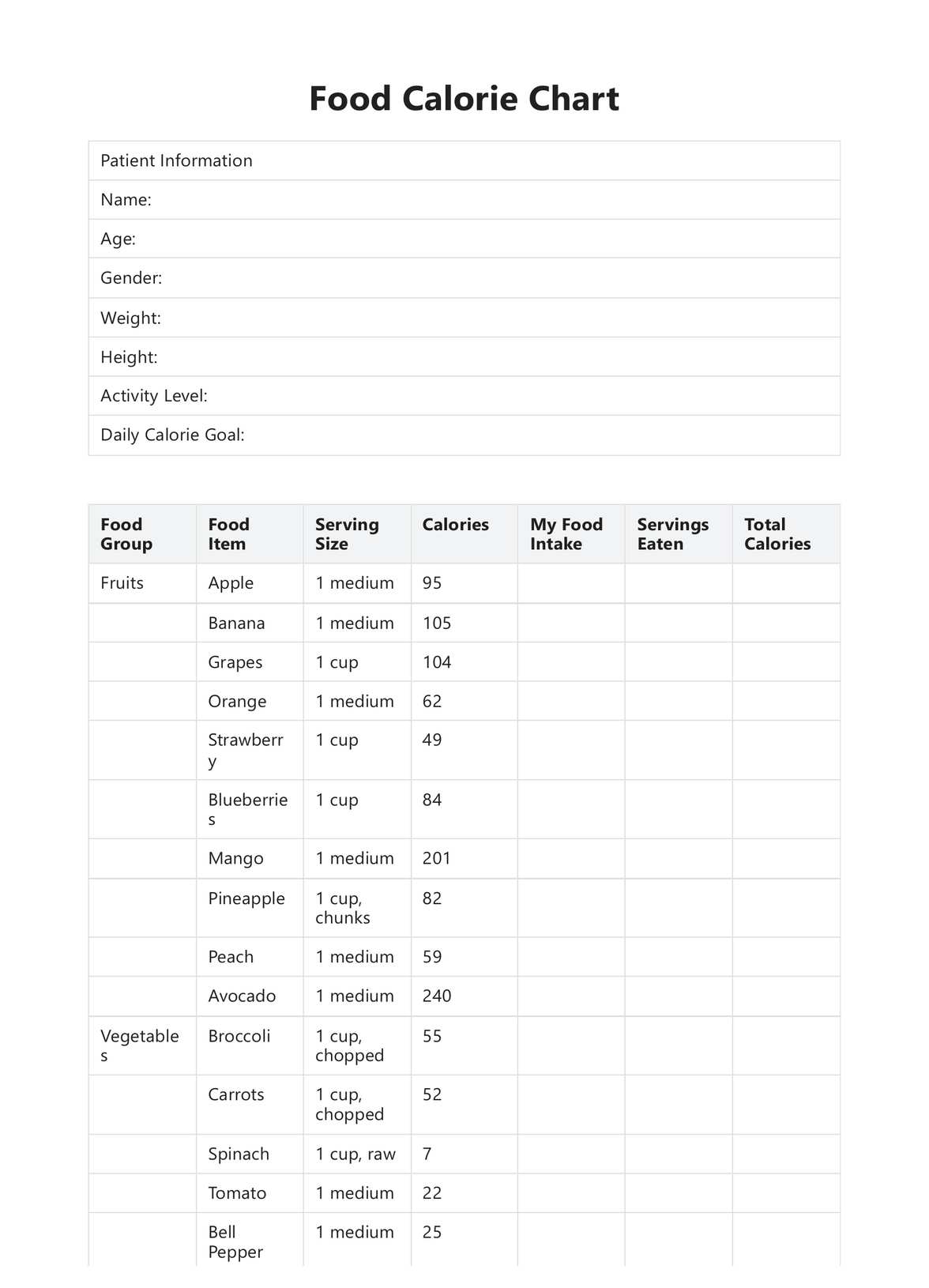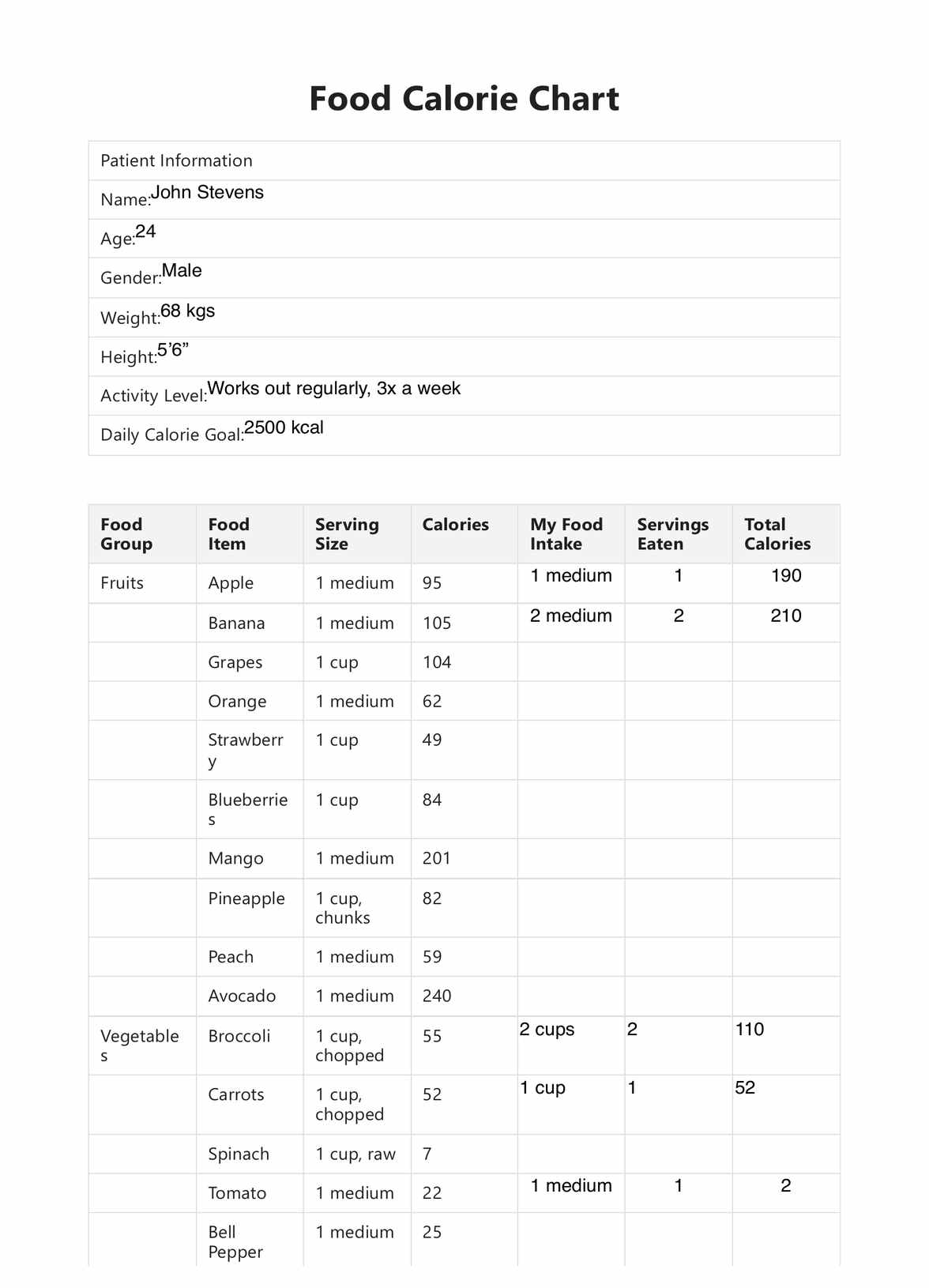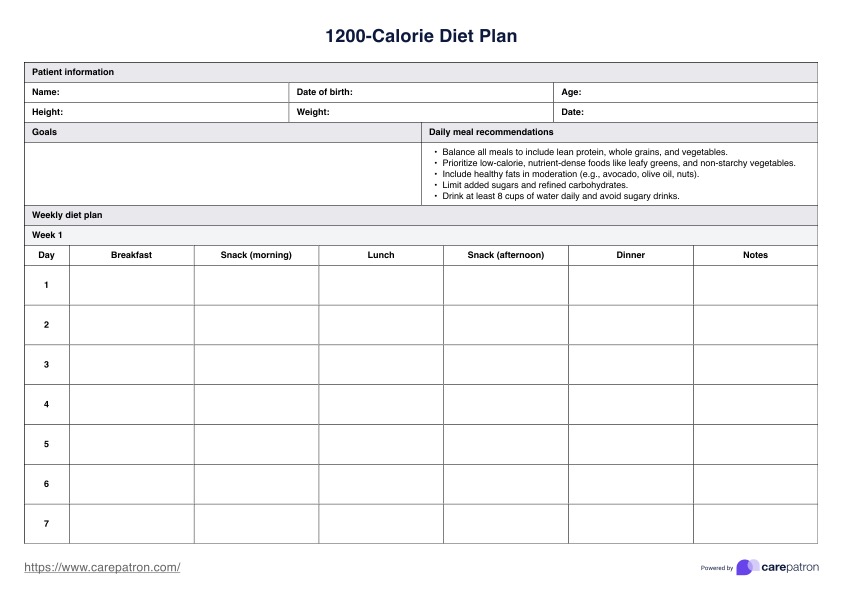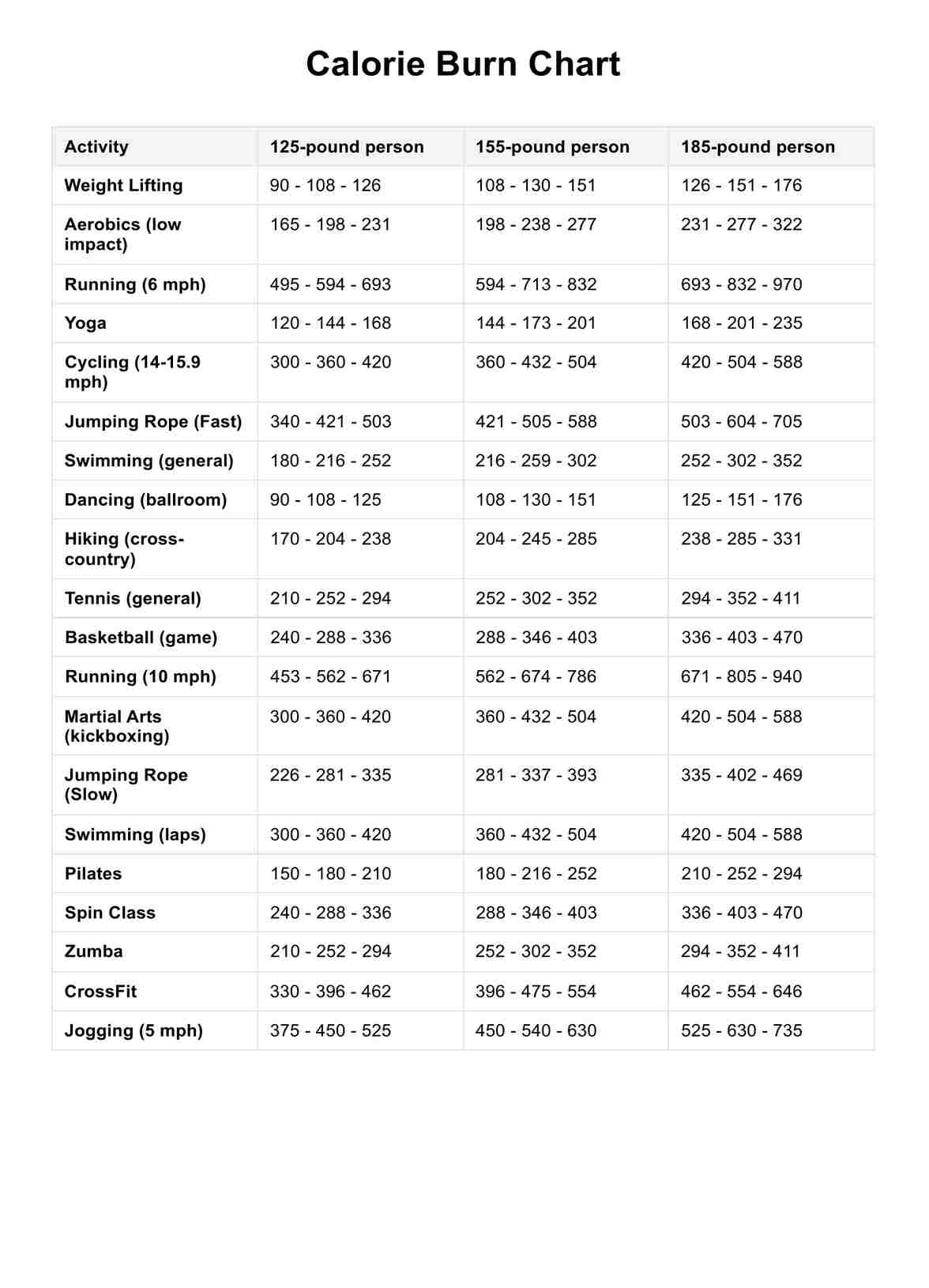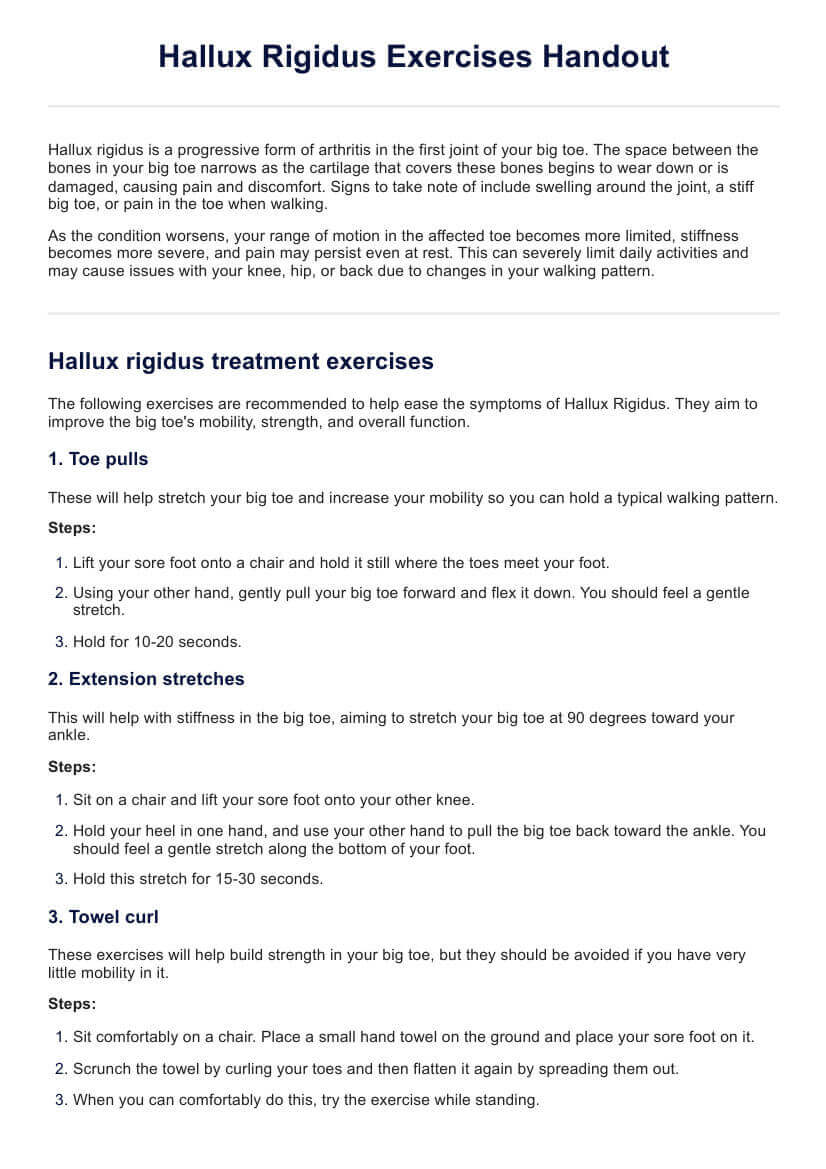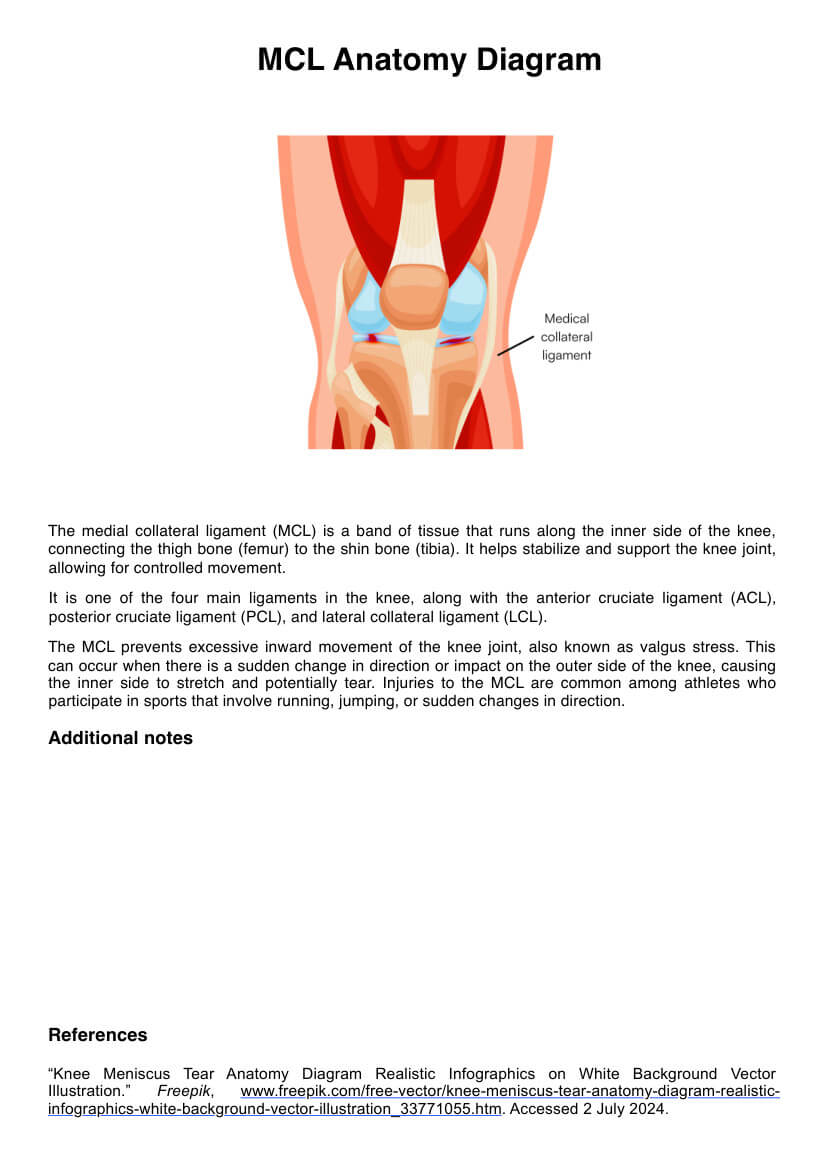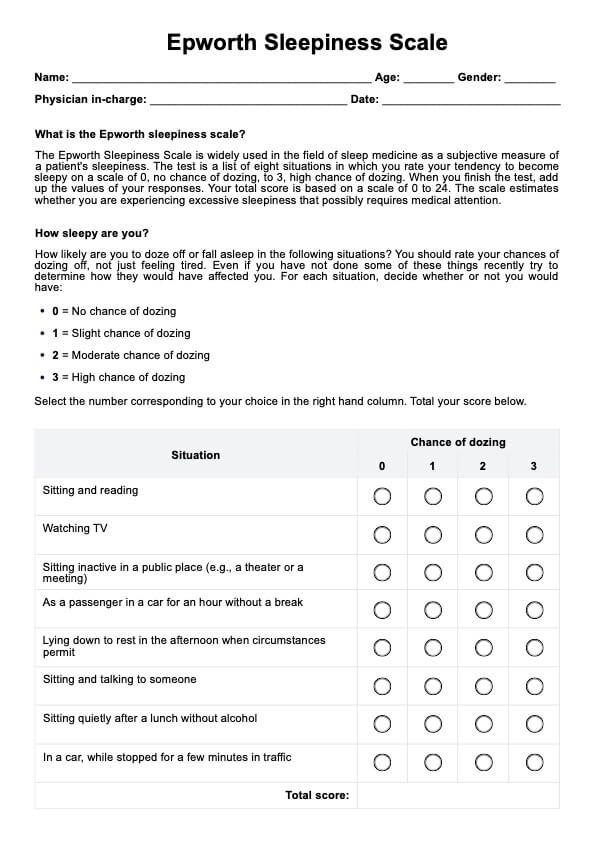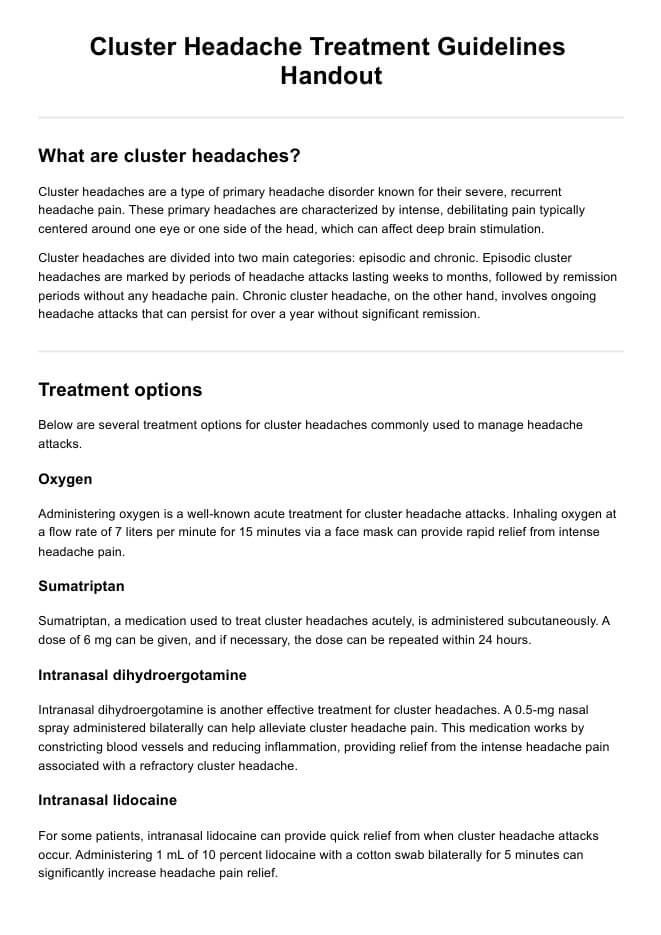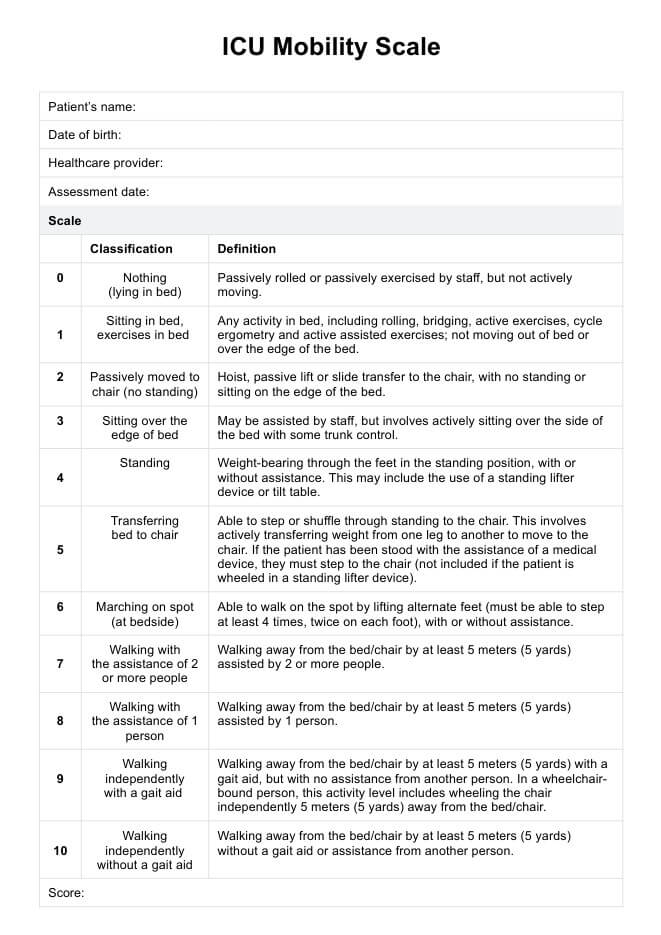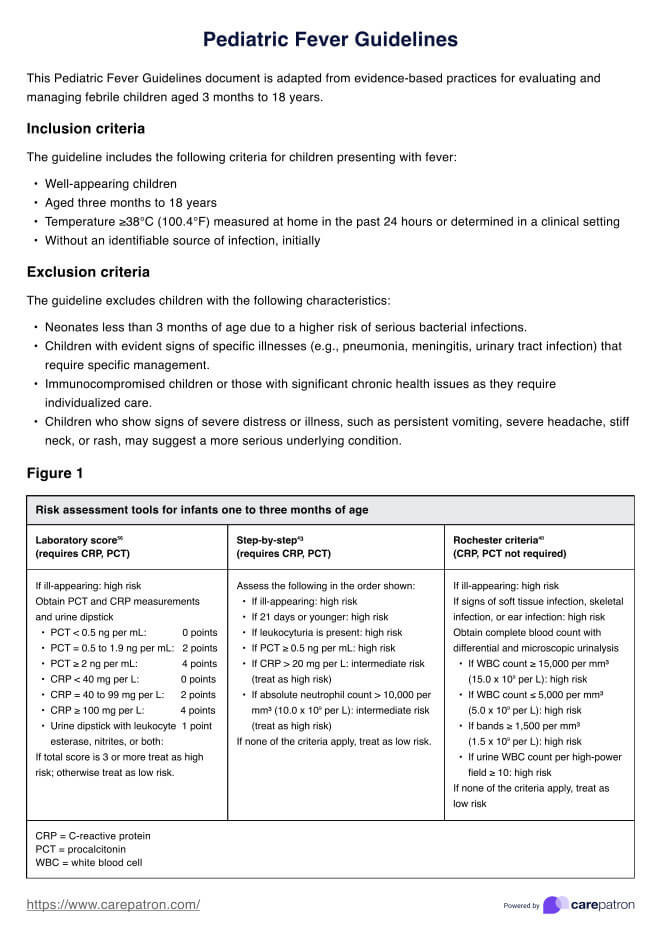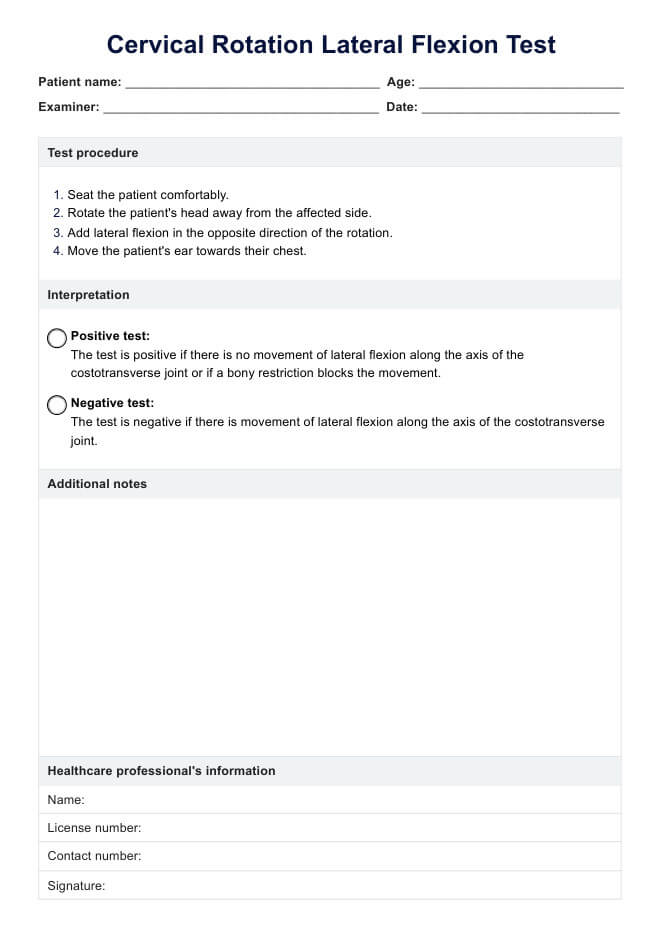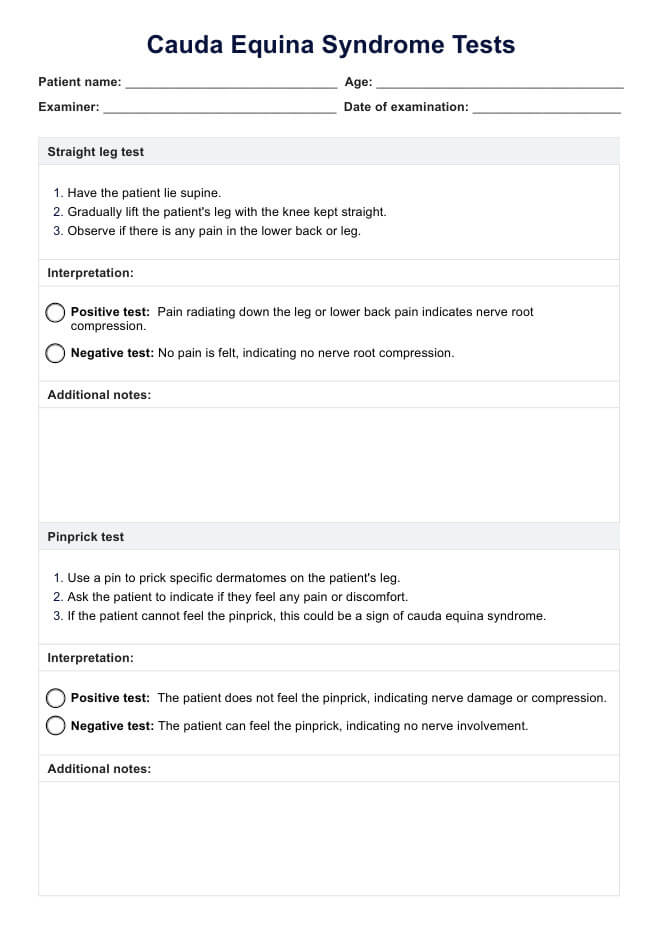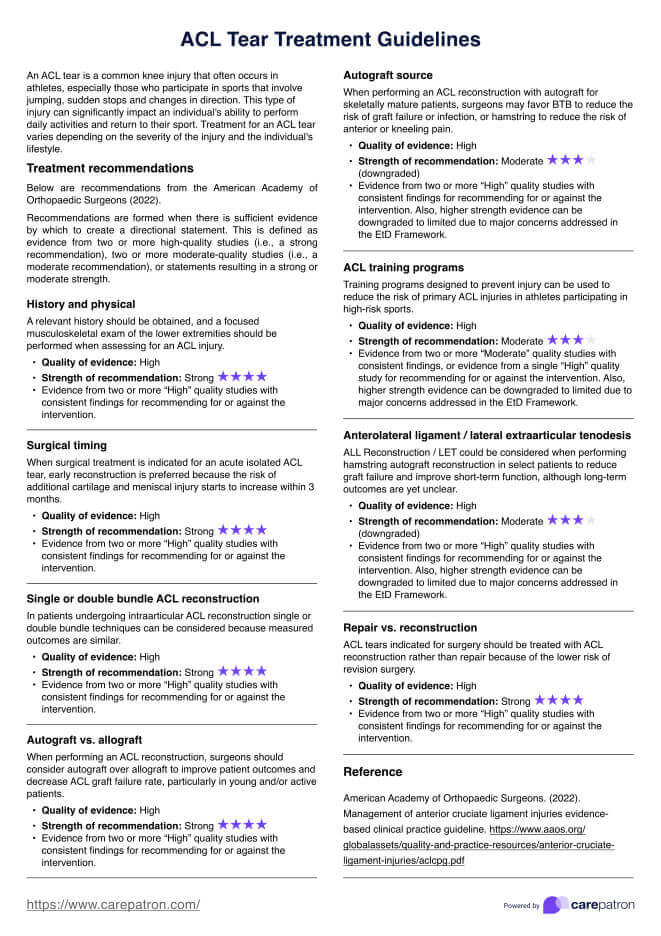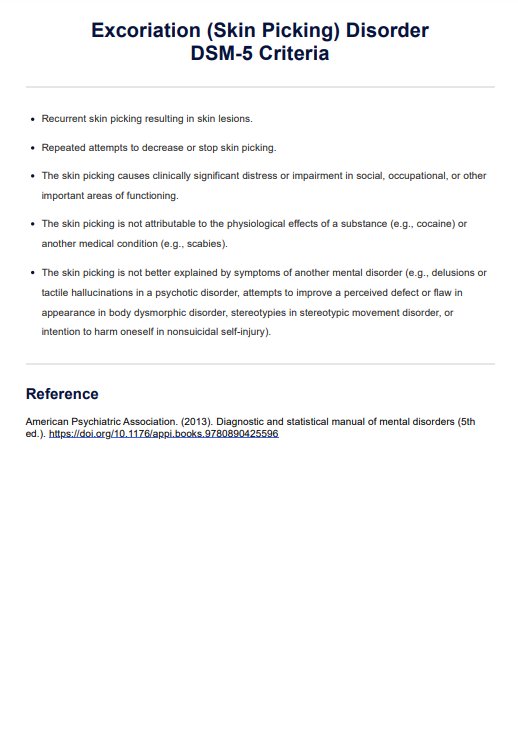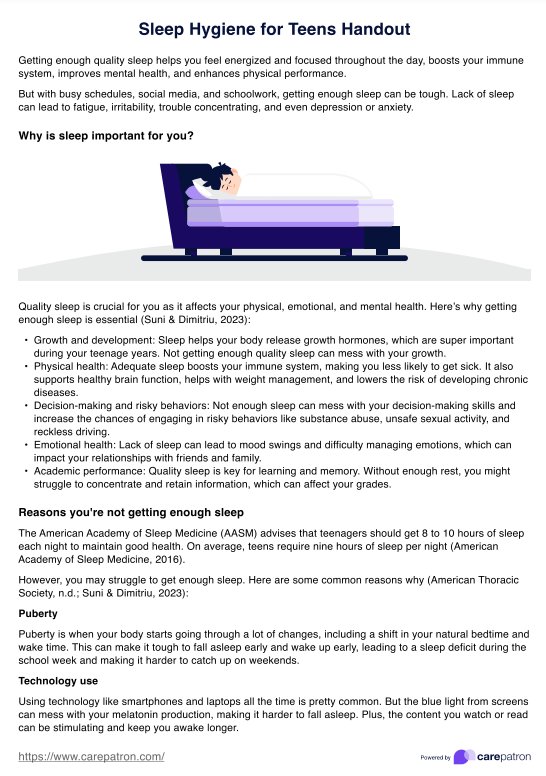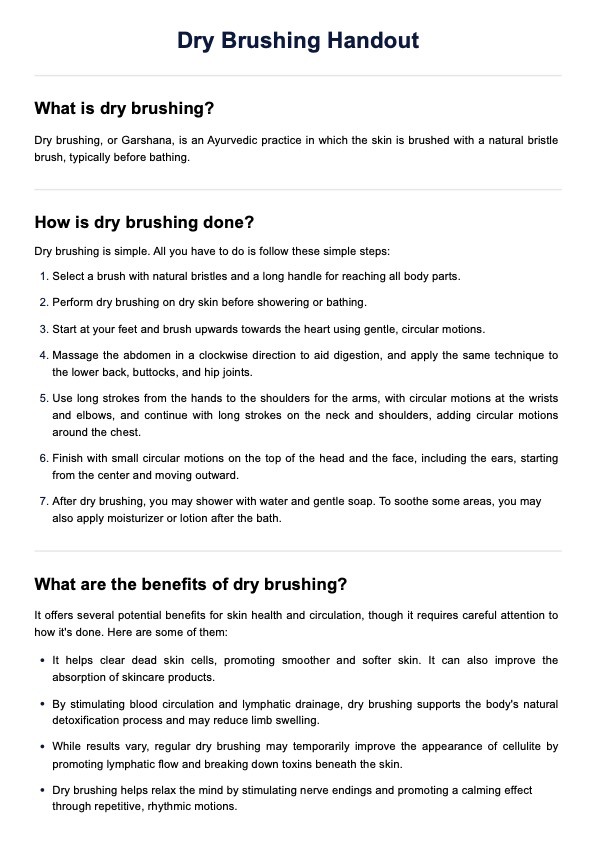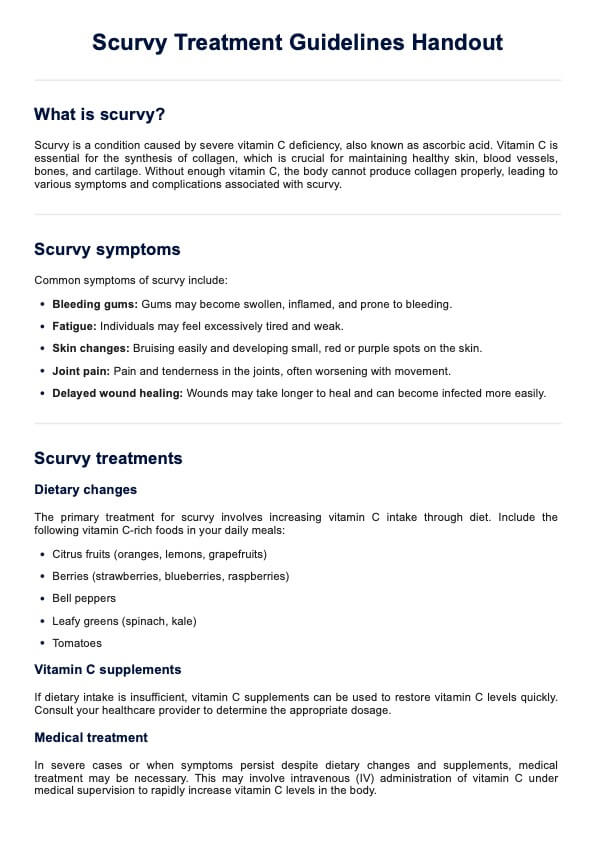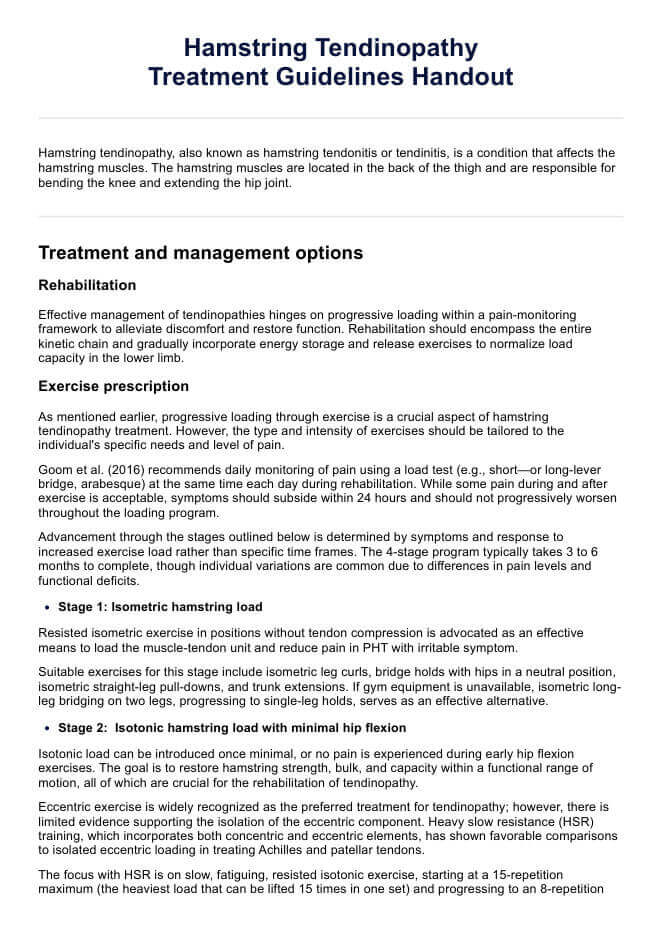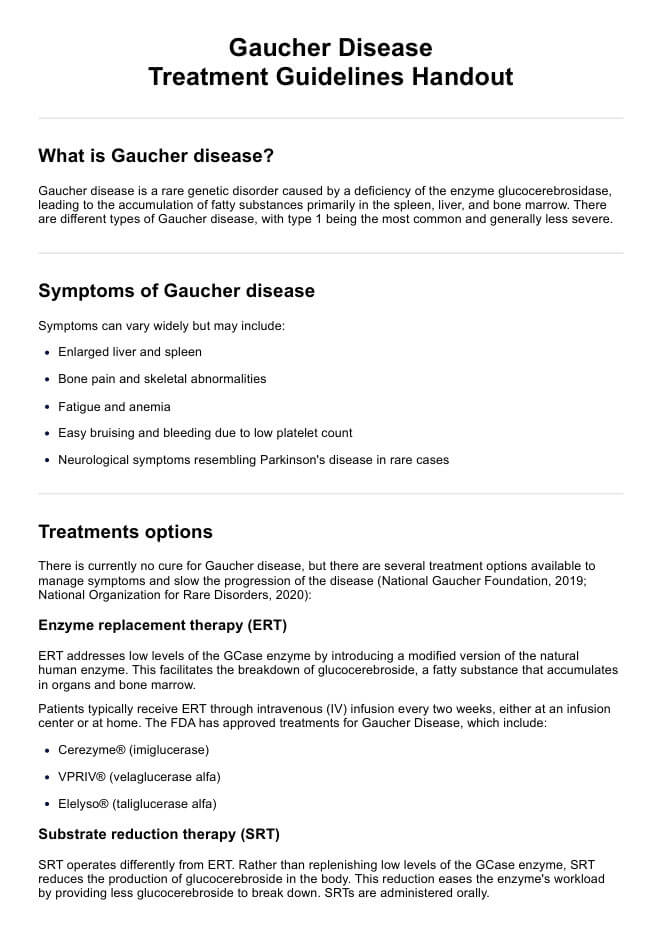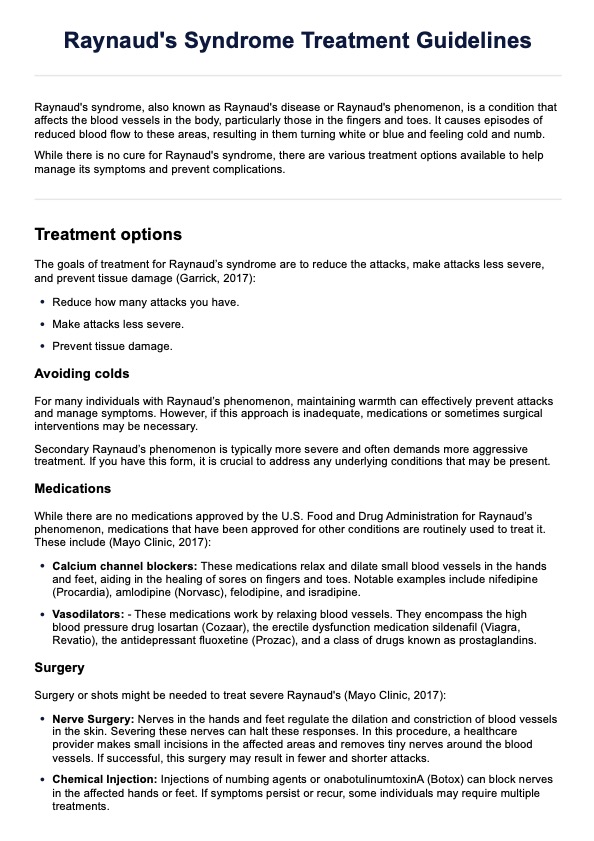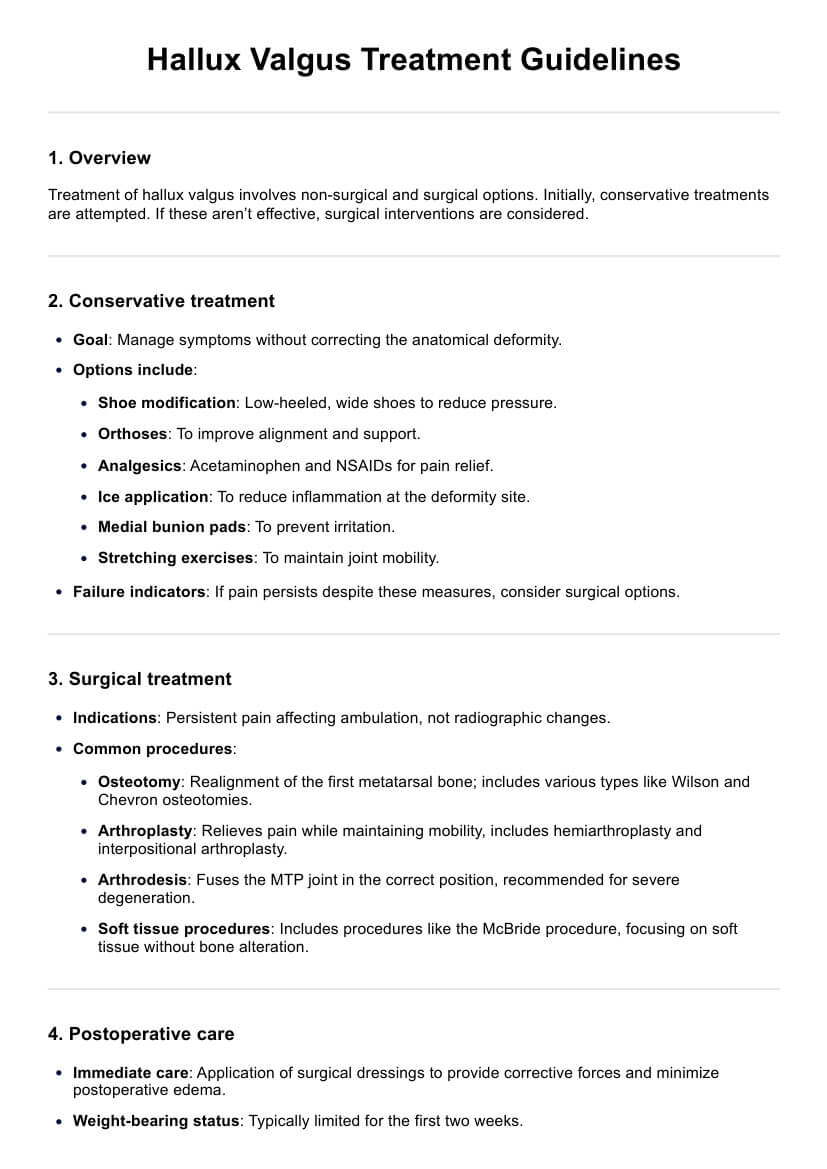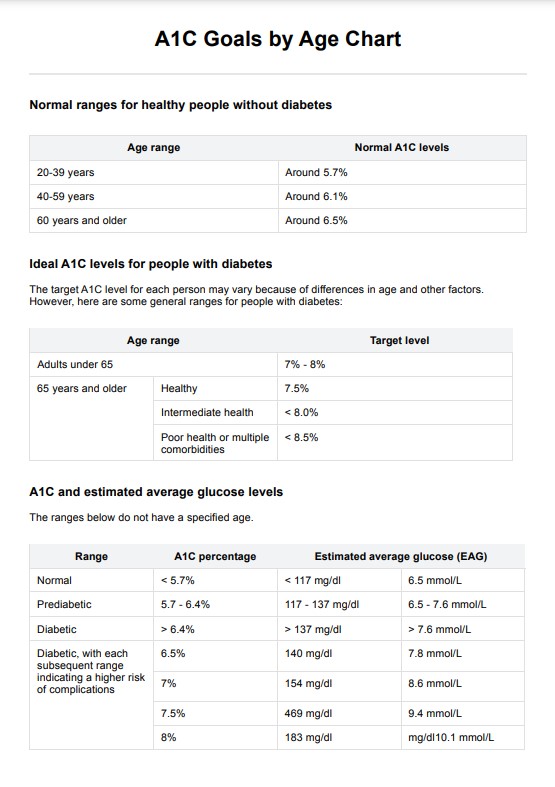Food Calorie Charts
Discover how to use a Food Calorie Chart for effective dietary management. Learn why Carepatron is the go-to app for healthcare professionals. Start now!


What is a Food Calorie Chart?
A food calorie chart is a comprehensive resource designed for everyone, from health enthusiasts to medical professionals, offering crucial insights into the caloric content of a broad range of foods. It is a tool that translates the language of nutrition science into practical, daily guidance.
This chart details how many calories are contained in a specific quantity of food - typically per serving or 100 grams. From fruits and vegetables to grains, dairy, meats, oil roasted nuts, and even processed foods, a well-designed food calorie chart acts as a nutritional compass, guiding individuals toward conscious, informed dietary choices.
For healthcare professionals, these charts can be invaluable in providing patient education, shaping dietary interventions, and tailoring meal plans to meet specific health goals. Food calorie charts are a cornerstone of nutrition guidance, whether for managing weight, controlling a chronic condition, or promoting overall health.
However, the power of a food calorie chart lies not merely in its ability to quantify calories. Its value stems from its role in promoting awareness of our dietary habits, shifting the focus from simply 'eating' to 'nourishing.' It underscores the principle that food, beyond its caloric value, is a source of nutrients vital for health and well-being.
While a food calorie chart is an excellent starting point, it's worth noting that it's not the be-all and end-all of nutrition. A holistic approach to diet considers not just calories but also the balance of macronutrients, vitamins, minerals, and even the enjoyment of food. Remember, the goal is to count calories and make every calorie count.
Printable Food Calorie Chart
Download this Food Calorie Chart to manage the diets of your clients.
Food Calorie Charts Template
Food Calorie Charts Example
How does it work?
The Food Calorie Chart is a practical tool healthcare professionals can use to help patients manage their dietary intake effectively. This chart lets patients know which food has more calories, track their daily intake, and make healthier food choices. Here's a step-by-step guide on how healthcare professionals can introduce this assessment to their patients:
Step 1: Understand the patient's health goals
Before presenting the chart, it's essential to understand the patient's health goals. This could be weight loss, weight gain, or maintaining a healthy weight. Calculate their daily calorie needs based on their goal, age, gender, weight, height, and activity level. Fill this information in the 'Patient Information' section at the chart's top.
Step 2: Introduce the food calorie chart
Present the Food Calorie Chart to the patient. Explain the chart's purpose, how it's organized, and how it can help them achieve their health goals. Walk them through the different sections of the chart, explaining what each column represents.
Step 3: Demonstrate how to use the chart
Demonstrate to the patient how to use the chart by taking a sample food item and showing how to fill in the 'My Food Intake' and 'Servings Eaten' columns. Also, show them how to calculate the 'Total Calories' by multiplying the number of servings eaten by the calorie count per serving.
Step 4: Encourage daily tracking
Encourage the patient to use the chart daily to track their food intake. This consistent tracking will help them become more aware of their eating habits, portion sizes, and the caloric value of different foods.
Step 5: Review and adjust
Regularly review the patient's progress in their appointments. Based on their tracked food intake and progress toward their health goals, provide guidance and make necessary adjustments. This might include suggesting alternative food choices, adjusting portions, or modifying their daily calorie goal.
The Food Calorie Chart is an effective tool to foster patient engagement and ownership over their health journey. By tracking their food intake, patients can make more informed decisions and take proactive steps toward their health goals.
When would you use this template?
In healthcare, one of the most versatile tools at a professional's disposal is the food calorie chart. This comprehensive chart, aimed at promoting dietary awareness and healthy eating habits, can be used in various scenarios. From nutritional counseling to managing health conditions, the application of this tool is wide-ranging. Now, let's delve into specific instances where this chart proves beneficial.
For dietary education
This food calorie chart can be used as an educational resource for patients who need to understand the caloric content of the foods they consume daily. It shows the difference between different types of food: green beans, whole milk, chicken breast, white meat, dark meat, whole wheat, and even white wine and white chocolate. It's an efficient way to explain how different food types contribute to their overall calorie intake.
To manage or lose weight
Healthcare professionals can use this template as part of a weight loss diet plan during consultations with patients trying to lose, gain, or maintain weight. It helps them understand the calorie content of different foods, enabling them to make informed dietary choices.
To manage health conditions
This form can be valuable for managing health conditions where diet is critical, such as diabetes, heart disease, or certain types of cancer. Using this food calorie chart, patients can track their daily calorie intake and adjust it based on their healthcare provider's recommendations.
For nutrition counseling
Dietitians, nutritionists, and health coaches can use this chart as a foundational tool when counseling patients on their dietary habits. It can serve as a visual aid to explain how the consumption of certain foods may impact their health goals.
To plan meals
The chart can be instrumental for patients and their caregivers when planning meals. By understanding the caloric content of different foods, they can better balance their daily meals to meet their dietary needs.
For behavioral changes
One of the critical steps in changing dietary habits is awareness. This chart can be used as a tool for patients to record and review their daily nutritional practices, facilitating a better understanding and eventually leading to healthier food choices.
Remember, the food calorie form is not just a static informational tool; it's a dynamic resource that can engage patients in their health management, encouraging healthier eating habits and lifestyle changes.
Benefits of using the Food Calorie Chart
Using our free Food Calorie Chart comes with several benefits. Take a look at some of them below:
- Easy to use: These Free Food Calorie Charts are designed to be user-friendly, making it easy for healthcare professionals and patients to understand and track calorie intake.
- Encourages patient engagement: The chart provides a practical tool encouraging patients to participate actively in their health management.
- Customizable: The chart can be tailored to fit individual dietary needs and preferences, providing a personalized approach to dietary management.
- Comprehensive: The chart provides various food items across different groups, offering a comprehensive view of food options and their caloric values.
- Enhances communication: The chart can enhance communication between healthcare professionals and patients by visually representing calorie content and facilitating clearer discussions about dietary habits and choices.
- Cost-effective: The Free Food Calorie Charts offer a cost-effective solution for healthcare providers, helping them deliver effective nutritional counseling without expensive tools or software. It works great with our Nutrition Chart and our Food Log.
Research & evidence
Calorie counting has been a cornerstone of nutritional science and dietary planning for over a century. Wilbur Olin Atwater, an American chemist, is widely recognized for introducing the concept of calories to the American public in the late 19th century. He developed tables showing the calorie content of different foods, which is the foundation of today's food calorie charts.
Numerous research studies have extensively used and validated food calorie charts, such as the one provided here. A 2008 American Journal of Preventive Medicine study found that keeping a food diary can double a person's weight loss efforts. The study highlighted the importance of self-monitoring and awareness of food intake, which is facilitated by tools like food calorie charts.
Further, a 2017 study published in the Journal of Medical Internet Research found that self-monitoring via food calorie charts and similar tools was significantly associated with weight loss. This is particularly relevant given the current global obesity epidemic, where such simple and accessible tools can be crucial in managing and preventing obesity.
Moreover, food calorie charts are aligned with the dietary recommendations of leading health organizations like the World Health Organization and the American Heart Association. These organizations emphasize balanced and mindful eating, which is facilitated by understanding the caloric content of foods.
In conclusion, the use of food calorie charts is supported by historical use, modern research, and professional dietary recommendations. It is a simple yet effective tool that can aid dietary management and promote healthier eating habits.
References
American Heart Association. (2021, November 1). The American Heart Association’s diet and lifestyle recommendations. Www.heart.org. https://www.heart.org/en/healthy-living/healthy-eating/eat-smart/nutrition-basics/aha-diet-and-lifestyle-recommendations
Hollis, J. F., Gullion, C. M., Stevens, V. J., Brantley, P. J., Appel, L. J., Ard, J. D., Champagne, C. M., Dalcin, A., Erlinger, T. P., Funk, K., Laferriere, D., Lin, P.-H., Loria, C. M., Samuel-Hodge, C., Vollmer, W. M., & Svetkey, L. P. (2008). Weight loss during the intensive intervention phase of the weight-loss maintenance trial. American Journal of Preventive Medicine, 35(2), 118–126. https://doi.org/10.1016/j.amepre.2008.04.013
World Health Organization. (2020, April 29). Healthy diet. World Health Organisation; World Health Organisation. https://www.who.int/news-room/fact-sheets/detail/healthy-diet
Zheng, Y., Klem, M. L., Sereika, S. M., Danford, C. A., Ewing, L. J., & Burke, L. E. (2014). Self-weighing in weight management: A systematic literature review. Obesity, 23(2), 256–265. https://doi.org/10.1002/oby.20946
Commonly asked questions
Calories per serving indicate the amount of calories in one serving of the food, while calories per container show the total calories in the entire package. If a container has multiple servings, the calories per container will be higher than per serving.
The number of calories needed for the body to function, known as the basal metabolic rate, varies depending on age, sex, weight, height, and activity level. On average, adult women need about 1,600–2,400 calories per day, and adult men require about 2,000–3,000.
To track calories in food accurately, use a food scale to measure portions, read nutritional labels carefully, and utilize a calorie tracking app or journal to record your intake. Consistently updating and monitoring your food diary enhances accuracy.


